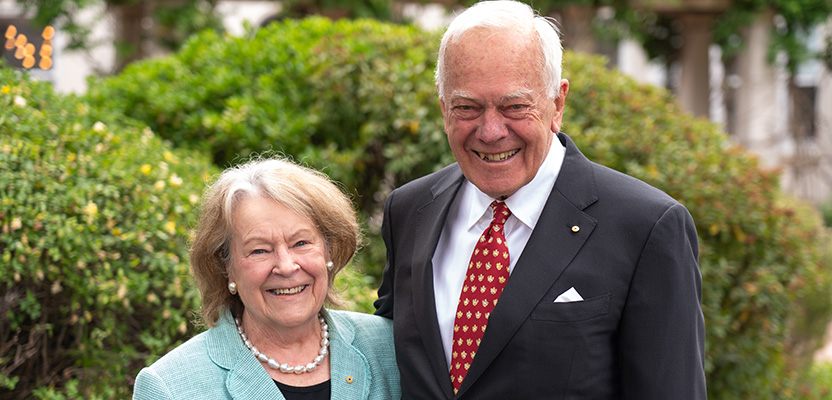
IBM has a long, proud history of diversity and inclusion which dates back over a century. Way ahead of its time, IBM hired women long before they were given the right to vote and in 1914 hired its first employee with disability, 76 years before the Americans with Disabilities Act.
Recognised as the , IBM continues to set the standard in access and inclusion.
We spoke with Keri Le Page, IBM Inclusion and Diversity Partner Australia/New Zealand, about at IBM today, and what that means for their suppliers and partners.
“Inclusion is certainly imprinted on our DNA and we’ve been reaping the rewards of diversity, right back from when we were founded,” said Keri.
“For our suppliers, that means they’re expected to meet our standards when it comes to accessibility. All information and IT must be able to be used successfully by people with disability. To make it easier for them, we have a detailed suite of web applications and guidelines they’re encouraged to use to ensure their products and services are fully accessible.”
The company’s accessibility guidelines include accessibility checklists for vendors and suppliers, a supplier diversity registration portal, developer guidelines and accessibility conformance reports.
“We’re a large, international organisation, and we use the same guidelines across the globe to ensure consistency. All suppliers and vendors that sell or license software, hardware, web, learning and IT related products and services are strongly encouraged to ensure that the products they sell are accessible. We use an Accessibility Compliance System (ACS) tool to manage accessibility compliance for all products and assets we develop or procure,” she said.
“It’s not just about doing the right thing – it’s about creating quality products.”
An array of solutions and best practices that speed development efforts and help ensure web and mobile apps conform to industry accessibility standards, is readily available on the company’s website.
The company also employs accessibility teams across the globe to test products to make sure that their technology solutions meet the essential accessibility requirements.
“Accessibility is all part of a bigger picture – IBM’s staunch commitment to diversity and inclusion. I work as part of a global team, influencing strategy and direction with an Australia and New Zealand perspective. With over 60 people internationally in the diversity team, I have amazing resources to draw on. There’s always something going on and exciting new developments happening.”
A culture of acceptance and inclusion that began over a century ago clearly permeates throughout the company today.
For the leaders at IBM, they consider its legacy in diversity and inclusion, and its progress, as having cultivated its leadership position among its technology peers and others in the business world – a win for all.
About the Access and Inclusion Index
The is Australia’s foremost corporate benchmarking tool for inclusion of people with disability. It provides a unique opportunity for organisations to understand and measure access and inclusion across ten key business areas. It provides practical insights into areas of strength and opportunity that can be used as a roadmap for ongoing improvement.
To find out how the Index can help you drive access and inclusion outcomes across your organisation, join our upcoming .








